Exploring the Legacy of the Newseum on the 4th of July: A Visit From Pakistan.
Visiting the Newseum in Washington D.C. was an experience that held great significance for me, especially on the 4th of July, the Independence Day of the United States. As a Pakistani visitor, I was eager to delve into the rich history of news and journalism and understand the importance of a free and independent press in a democratic society. The Newseum, renowned for its dedication to promoting free expression and the principles of the First Amendment, provided an insightful journey into the evolution of communication.


Walking through the halls of the Newseum, I witnessed iconic artifacts that marked significant moments in history. The front pages of newspapers reporting major events, the remnants of the Berlin Wall, and the powerful Pulitzer Prize-winning photographs were all reminders of the impact that journalism has had on shaping our world.
The Newseum: A Beacon of Free Press and Free Speech: The Newseum, a revered institution, stood as a testament to the power of journalism and its vital role in shaping society. Its mission to educate visitors about the importance of a free press and the principles of the First Amendment was deeply inspiring. As I explored the exhibits, I gained a profound understanding of the struggles journalists face in their quest for truth and the fundamental role they play in holding governments accountable.
A Journey Through the Evolution of Communication:
The Newseum took visitors on a captivating journey through the evolution of communication. From the early days of printing presses to the advent of radio, television, and the internet, I discovered how these mediums revolutionized the dissemination of news and information. Interactive displays and multimedia presentations engaged me in understanding the challenges and opportunities that each era brought forth.
The interactive exhibits allowed me to step into the shoes of a journalist, making tough decisions in the face of ethical dilemmas. It emphasized the importance of responsible reporting and the delicate balance between providing accurate information and respecting individual privacy.
The Significance of the 4th of July:
Visiting the Newseum on the 4th of July added an extra layer of significance to my experience. As Americans celebrated their independence, I witnessed the resilience of a nation that values the freedom of expression. It was a day to reflect on the democratic principles enshrined in the U.S. Constitution and the role of a free press in safeguarding those principles.
A New Chapter: Acknowledging the Newseum’s Transition:
While my visit to the Newseum was a memorable one, it is with a tinge of sadness that I acknowledge its current status. Financial challenges forced the closure of the museum in 2019, and the building has since been transferred to Johns Hopkins University. However, it is heartening to know that the legacy of the Newseum lives on through the work of the Freedom Forum.
The Freedom Forum continues to champion the values of a free press, free speech, and the First Amendment through various initiatives and programs. Their commitment to upholding the principles the Newseum stood for ensures that the importance of journalism and its impact on society will not be forgotten.For those interested in exploring the legacy and work of the Newseum, the Freedom Forum website can be a valuable resource. One may visit on https://www.freedomforum.org/
Freedom Of Speech

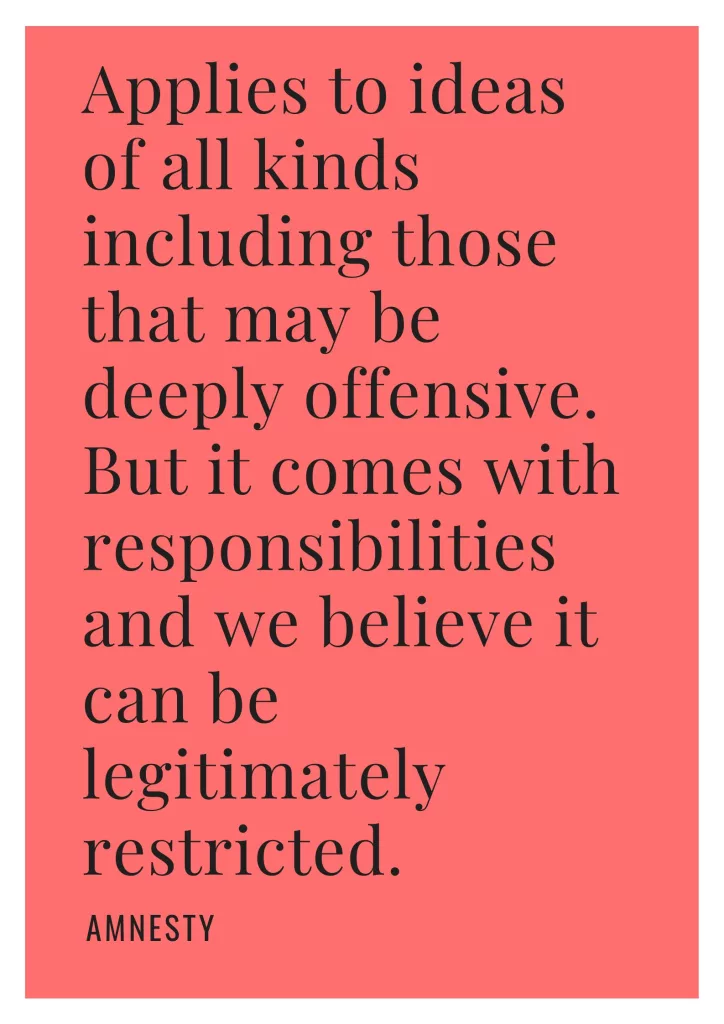
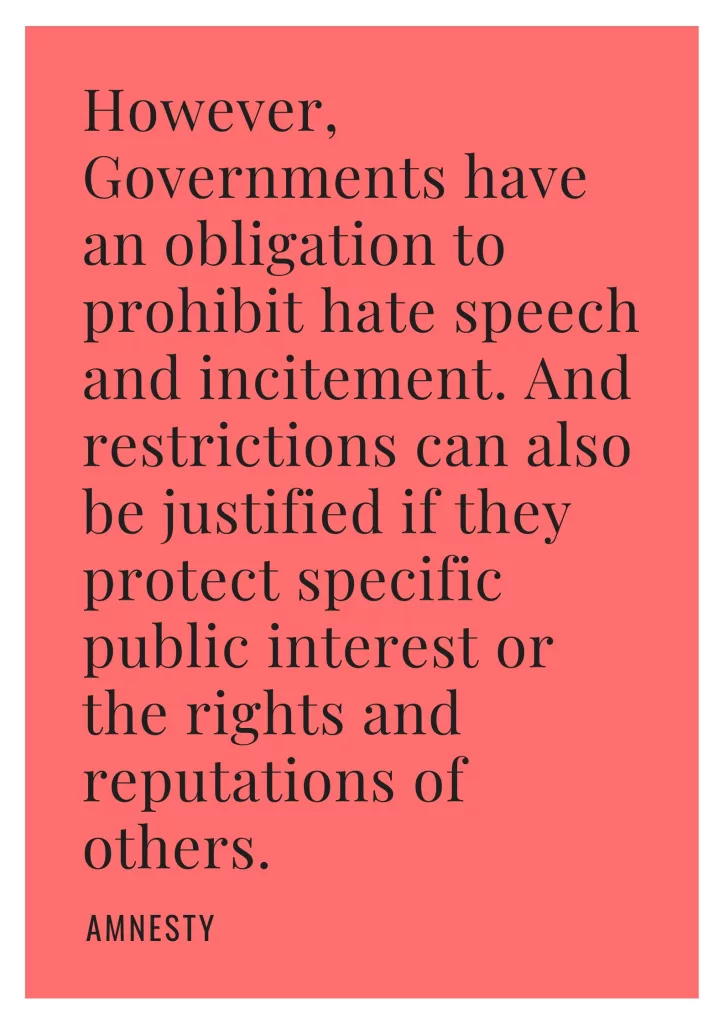

State interest in regulating
Yes, it is true that governments intervene in various forms of economic activity, including the cultural and media industry. These interventions can be categorized into three main ways, as you mentioned:
- Legislation: Governments enact laws and regulations to govern economic activities in the media industry. These laws can include competition laws to ensure fair competition among market players, copyright laws to protect intellectual property rights, privacy laws to safeguard personal information, and so on. Legislation helps establish a framework within which the cultural industry operates and addresses issues related to market power, intellectual property, and consumer protection.
- Regulation: Governments also regulate the media industry to promote certain objectives such as fair competition, public interest concerns, and pluralism/diversity in the public sphere. This can involve preventing cross-ownership to avoid concentration of media power in a few hands, imposing content regulations to ensure adherence to certain standards (such as preventing hate speech or explicit content), and promoting diversity in media ownership to prevent undue influence or bias.
- Subsidies: Governments may provide financial support or subsidies to the cultural industry in various forms. For example, they may offer funding for research and development initiatives that contribute to the advancement of the industry, as mentioned in the example of research leading to the development of the internet. Subsidies can also be provided to support specific sectors within the cultural industry, such as film production, art exhibitions, or music festivals.
It is important to note that while governments intervene , the extent and nature of their interventions can vary across different countries and regions. The balance between market forces and government intervention is often a subject of debate, with varying perspectives on the ideal level of regulation and the role of the state in shaping the media industry.
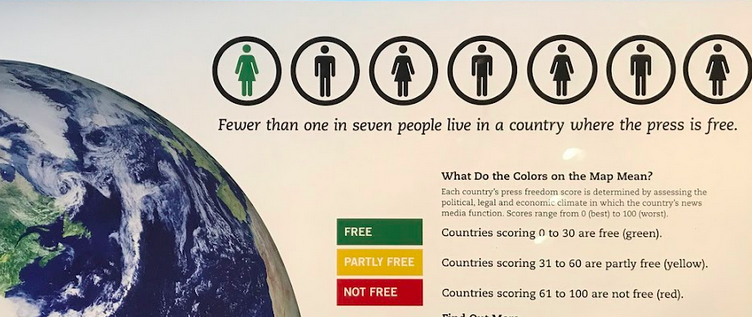

State VS. Media
Most states protect own interest by compromising media’s role as a watchdog, restricting freedom of expression and abusing media practitioners rights. Current and traditional conflicts are as follows :
USA
– The USA with Trump manipulated and managed the media in numerous ways. He
corralled and abused reporters at his campaign events, he feuded with journalists deemed
unsympathetic toward his candidacy, and he gave special access to those in the media who were
more compliant. He even threatened to change libel laws when he became president.
CHINA
– China has one of the world’s most restrictive media environments China blocks many U.S. websites, including Facebook, Instagram, and some Google services. The government uses libel lawsuits, arrests, and other means to force Chinese journalists and media organizations to censor themselves. Thirty-eight journalists were imprisoned in China in 2017.
INDIA
– India has traditionally restricted media to access the Kashmir region and state control on news has been in place for decades. Recently, the government of Narenda Modi has also used a variety of strategies to suppress independent journalists in all of India, including physical assaults on journalists and arrests made under frequently outdated laws that have been stretched beyond their proper application.
ISRAEL
– As for Israel the reality is not so different as this Washington post opinion summarizes it “How media coverage whitewashes Israeli state violence against Palestinians,” (Must Read)
PAKISTAN
-While media (News Broadcasting) in Pakistan on the contrary evolved as a result of privatization under a military president. However since then, the powerful interest groups including but not limiting to the state often violate freedom of journalists at large. From removal of news channels on cable to replacement of established journalists and having their own preferred ones on job . In case of dissent, a sharp rise is noticeable in violent physical attacks, abductions and in extreme cases murders.
NOTABLE ISLAMIC COUNTRIES
– Islāmic countries like Iraq and Syria have the highest number of journalists killed over the years as a result of wars. Some like Algeria attempt to use politics and religion as an excuse for murders. While others simply in varying ways halt freedom of expression. Iran along with Saudi Arabia and Turkey have a long history of arresting voices of dissent with many females as notable examples.
Why Broadcasting ?
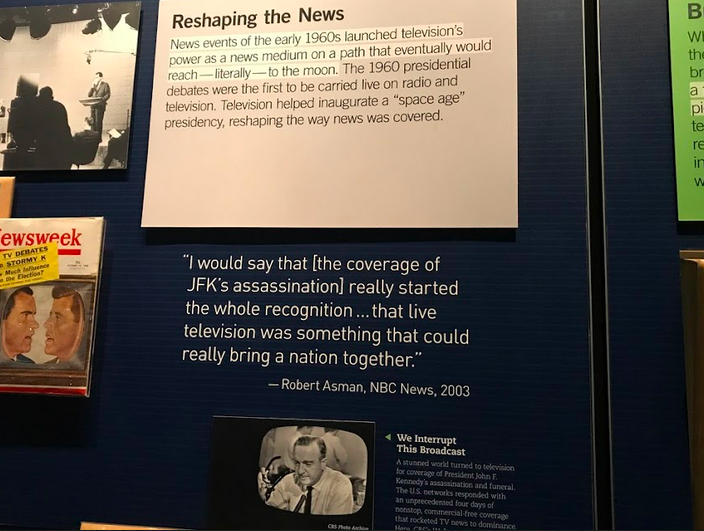
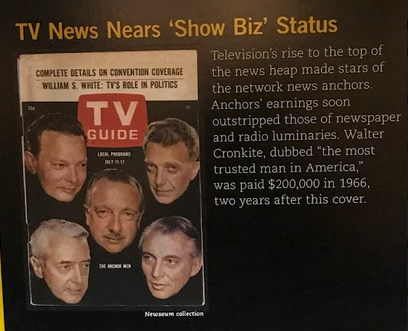
Historically, governments in many countries directly owned and controlled both the telecommunications and broadcasting sectors. This was the case worldwide, except for the United States, where direct state ownership was not prevalent. However, even in the US, both sectors were subject to strict government regulation.
Telecommunications and broadcasting are considered crucial sectors by governments due to their role in communication, information dissemination, and shaping public discourse. Governments have recognized the need to regulate these sectors to ensure fair competition, protect public interest, maintain national security, and promote cultural values.
It is true that broadcasting, due to its powerful influence on various aspects of society, has been of significant interest to governments worldwide. The commercial, political, and cultural impact of broadcasting has led governments to seek control over broadcasting institutions. This control has been pursued for a range of reasons, including promoting goods and services, influencing public opinion and voting habits, and advancing nation-building projects.
In the 1980s, there was a shift towards deregulation and privatization in many countries, including the broadcasting sectors. This trend was influenced by changing technological advancements, such as satellite and cable television, which opened up new avenues for competition and expanded the broadcasting landscape. Governments began to liberalize these sectors, introducing market-oriented policies and reducing direct state ownership.
The level of government involvement and regulation in broadcasting can vary across countries, depending on political, social, and economic factors. Some countries continue to have a significant level of government control over these sectors, while others have adopted more market-oriented approaches.
Entertainment VS. News
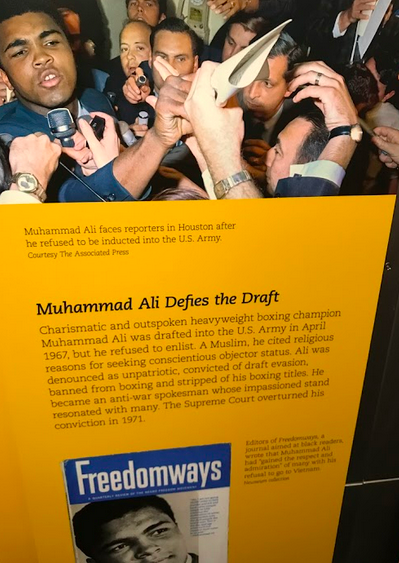
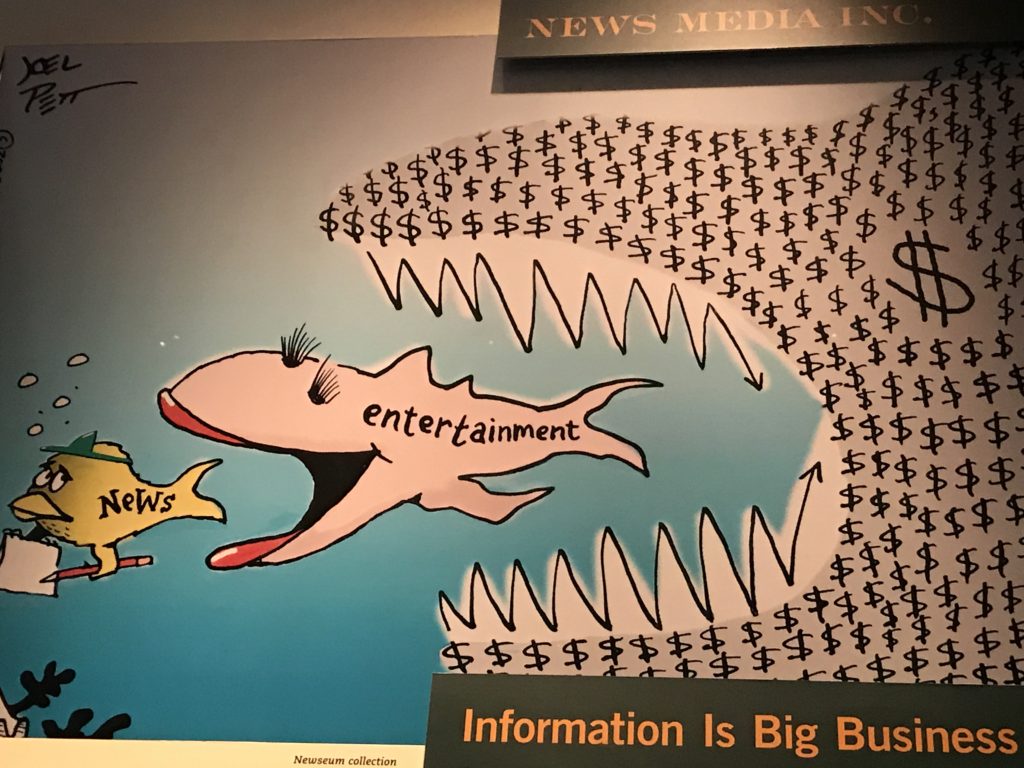
It is true that the entertainment industry, including Hollywood, plays a significant role in the global media landscape and attracts a substantial portion of entertainment spending worldwide. Hollywood has historically been a dominant force in the global film and television industry, producing a large number of high-profile and widely distributed content.
Regarding the impact on local industries and cultural diversity, some scholars and observers, including David Hesmondhalgh, argue that the influence of multinational companies, particularly from Hollywood, can pose challenges to the growth and development of local industries in certain regions. There are a few factors that contribute to this phenomenon:
- Economic Power: Multinational companies often have significant financial resources, allowing them to invest heavily in production, marketing, and distribution. This economic power can give them a competitive advantage over smaller, local companies that may struggle to compete on the same scale.
- Language and Market Size: English-language content produced by Hollywood has a global appeal due to the widespread use of English and the popularity of American cultural products. This advantage in language accessibility can result in a larger potential audience and market for Hollywood productions, leading to their prominence in many regions, including Europe.
- Distribution Networks: Hollywood studios have well-established global distribution networks, enabling them to reach audiences in various countries effectively. This distribution advantage can make it easier for Hollywood content to reach international markets compared to local productions, which may face distribution challenges or lack the resources to secure widespread distribution.
- Cultural Influence: Hollywood has had a significant cultural impact worldwide, shaping global entertainment trends and influencing the preferences and tastes of audiences. This cultural influence can create a demand for Hollywood-style content, further consolidating its dominance in the global media landscape.
Some argue for measures to protect and nurture local industries, while others advocate for embracing a diversity of cultural expressions from both local and international sources. Ultimately, the interaction between global and local influences shapes the dynamic nature of the media industry.
Dark Side Of Social Media
One of the key revelations is the realization that social media platforms are not truly free. While we may not pay a monetary price to use these apps, we unknowingly become the product. The business model of tracking users’ behavior and collecting their data is what enables these platforms to sell advertisements, information, services, and even people and products. This creates a vicious cycle where our data is exploited for profit.
The issue of fake news and its rapid spread through social media. With the ability to reach millions of people within seconds, false information can have a significant impact on public opinion and even shape societal discourse. This is not solely a media problem; it reflects a larger issue within our society. Those with ample resources can manipulate the system, flooding the medium with propaganda and leaving little room for independent voices to be heard.
CONCLUSION:
While the Newseum may have closed its doors, its legacy lives on through the Freedom Forum’s continued efforts to promote the values it stood for. As I left the Newseum, I carried with me a deeper appreciation for the importance of a free and independent press and its role in shaping the world we live in.

The relationship between the state and the media can indeed be complex and influenced by various factors, including trust. While it is true that technological advancements have expanded the means of communication and reduced some traditional barriers, it does not necessarily imply that the state’s role in media regulation and governance is no longer relevant.
To ensure a robust media environment and the exercise of freedom of speech, it is essential to foster trust between the state and media. This can be achieved through various means, including:
- Democratic Frameworks: Having clear and transparent laws and regulations that protect freedom of speech, ensure media independence, and establish mechanisms for accountability and redress.
- Media Literacy and Education: Promoting media literacy among the public to enable critical thinking, fact-checking, and understanding media biases, thereby empowering individuals to make informed judgments about the information they consume. A key learning visiting. From Pakistan to Newseum Washington D.C.
- Open Dialogue and Collaboration: Encouraging constructive dialogue and engagement between the state, media organizations, and civil society to address concerns, build trust, and develop policies that support media freedom and independence. Another key learning visiting. From Pakistan to Newseum Washington D.C.
- Protection of Journalists’ Rights: Safeguarding the safety, well-being, and professional integrity of journalists by addressing issues such as violence, harassment, and undue pressure.
While challenges may exist, it is crucial to work towards a trusting relationship between the state and media. This can help ensure that freedom of speech is respected and that the media can effectively serve as a watchdog, inform the public, and contribute to a vibrant democratic society.

References :
- Changes in other industrialized countries, influenced by changes in the USA (Western Europe, Canada, Australia, etc). Peter Humphreys (1996); Collins and Murroni (1996); David Levy (1999) among others.
- Changes in transitional and mixed societies ( Curran and park, 2000,Schlesinger, 2001; Morley and Robins, 1995; Collins, 2002)
- CPJ Database: 2164 Journalists and Media Workers Killed
- The State Of Media Freedom in Pakistan- International Press Institute
- The State Of Media Freedom in India – International Press Institute
- Media Censorship in China – The Council on Foreign Relations (CFR)
- Washington Post
- Amnesty UK
- UNESCO- Protecting Journalist Safety
- Freedom Forum (The Organization behind the Newseum)
About Asim Qureshi (click to read)
More on media:
- IDEAS Pakistan:Showcasing Excellence in Defense and Innovation - November 20, 2024
- The Strategic Use of Entertainment in Nation-Building - August 23, 2024
- Narrative How To Build One That Sells - March 27, 2023